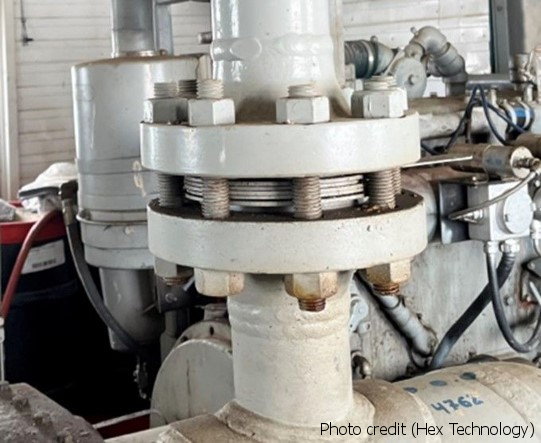In industrial settings, achieving a dependable seal is paramount, and one of the misconceptions surrounding gasket use is the idea that stacking gaskets could provide a better seal. However, this practice is not recommended and often results in leaks rather than improving sealing performance.
Why Stacking Gaskets is a Bad Idea
The notion of stacking gaskets arises from the belief that adding more material might fill surface irregularities or close gaps. However, in practice, stacking creates multiple layers that are prone to movement and deformation. When subjected to fluctuating pressures or thermal cycling, the gaskets can shift, creating potential leak paths between layers and compromising seal integrity.
Additionally, stacked gaskets often experience uneven compression, particularly when different materials are combined or when the bolt load is inadequate to compress each layer properly. Uneven compression weakens the overall seal, leading to premature gasket failure. A reliable seal requires a uniform compression load, which stacked gaskets struggle to maintain, especially under demanding conditions.
The Best Practice for Gasket Thickness
Selecting the appropriate gasket thickness at the outset is essential to avoid complications associated with stacking. As a general guideline, use only the thickness needed to compensate for flange imperfections and achieve a dependable seal.
Thinner gaskets are typically favored as they compress more consistently and offer better sealing properties than thicker alternatives. Overly thick gaskets can reduce the sealing capability under changing conditions, making it vital to select only the necessary thickness to maintain a robust seal without additional layers.
Choosing the Right Durlon® Product
Durlon® offers a range of gasket materials tailored for various industrial needs, eliminating the necessity for stacking. Here are some top choices:
- Durlon® 9000: A PTFE-based gasket ideal for aggressive chemicals and high-purity applications, Durlon® 9000 is known for its uniform compressibility and chemical resistance. Available in thicknesses up to 1/4″, it offers flexibility across applications while providing a secure seal, avoiding the need for stacking.
- Durlon® 8500: This versatile aramid fiber and NBR-based gasket excels in diverse applications, including oil and water services. Its resilience and strength make it a reliable choice, offering consistent sealing without the complications of stacking. Available in thicknesses up to 3/16″, Durlon® 8500 is a dependable choice for various industries.
- Durlon® 7910: Suitable for less demanding environments, Durlon® 7910 is an economical solution for applications like water, air, and low-pressure steam. Though ideal for lower-stress services, the correct thickness remains essential to avoid leaks and ensure extended service life.
Stacking gaskets may seem like a quick fix for achieving a reliable seal, but it often leads to uneven compression, potential leak paths, and premature gasket failure. Instead, selecting the correct gasket thickness and a suitable Durlon® product tailored to the application’s demands is essential for long-lasting performance. Opting for a single, well-chosen gasket ensures consistent sealing under varying conditions, helping to avoid issues caused by stacked layers.
Need help choosing the right gasket material? Explore our complete Durlon® gasket catalog for detailed specifications and guidelines, or contact our sealing experts for tailored recommendations to ensure you’re selecting the optimal gasket for your application.
For more information on choosing the correct gasket thickness, check out our FAQ: “What Thickness is Best for a Gasket?”
